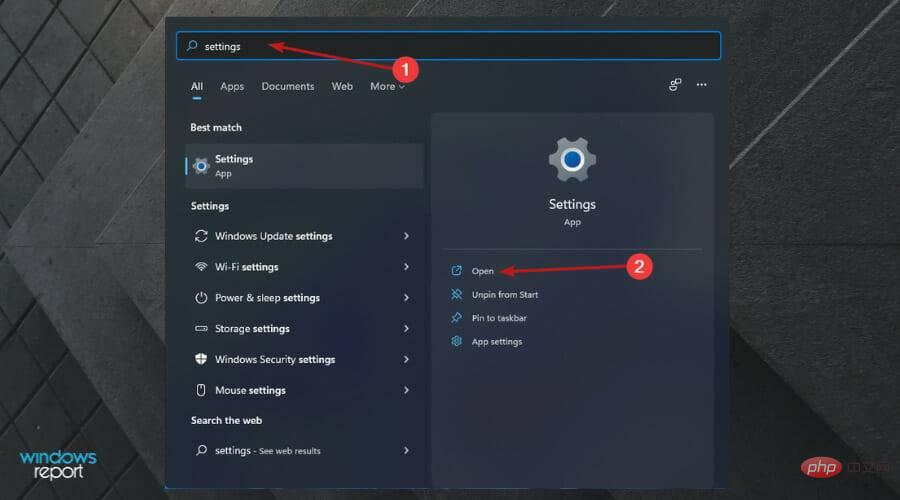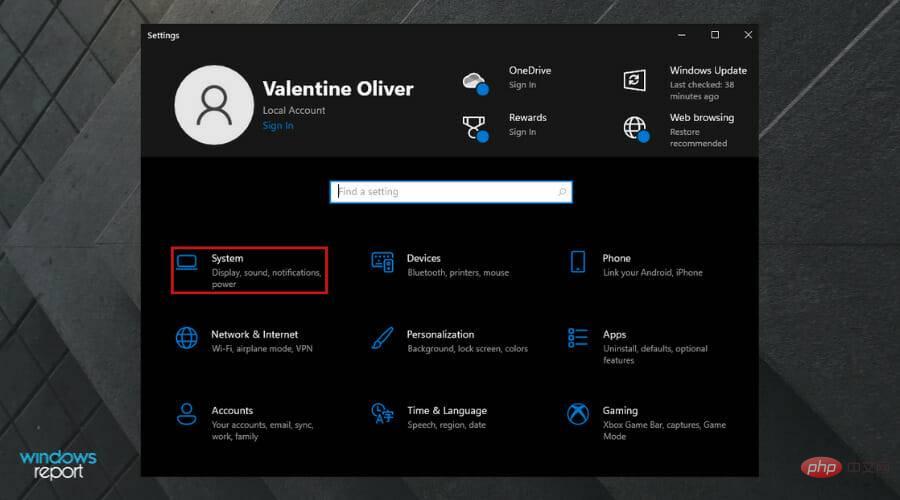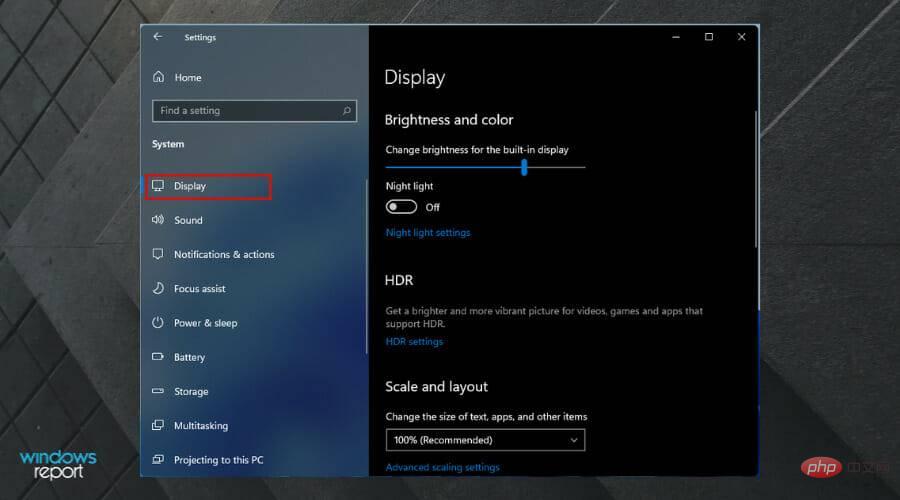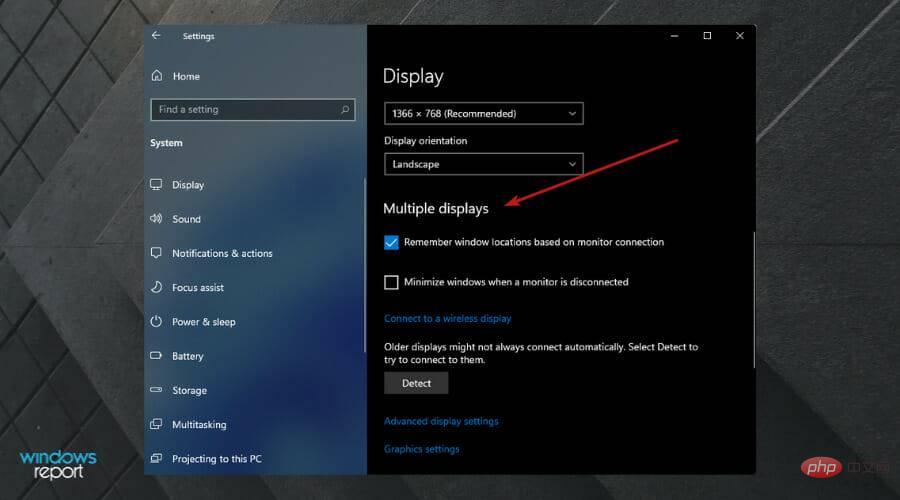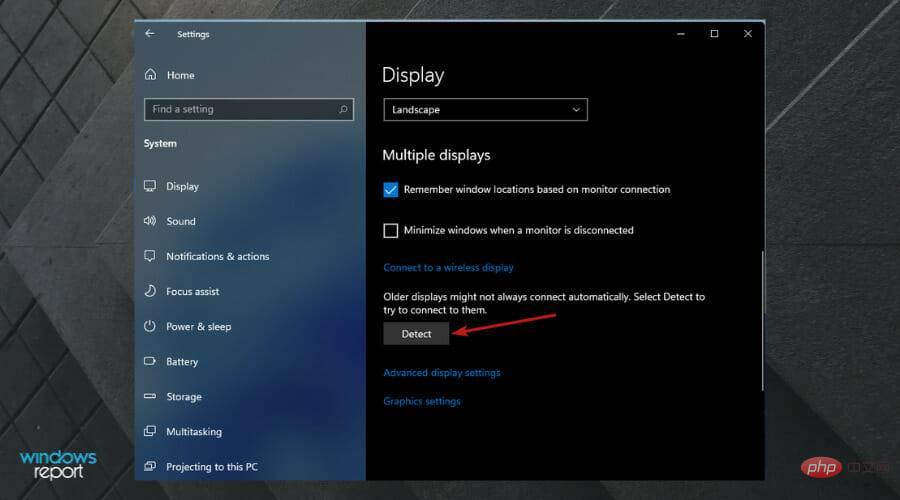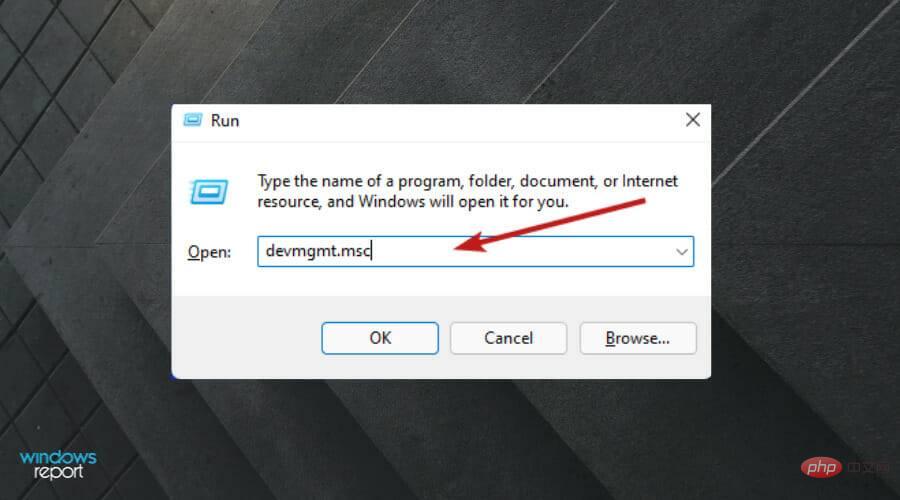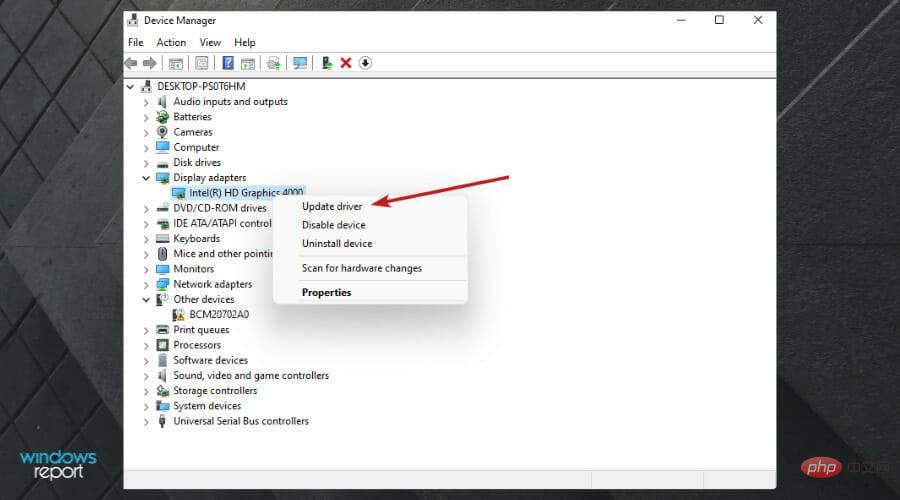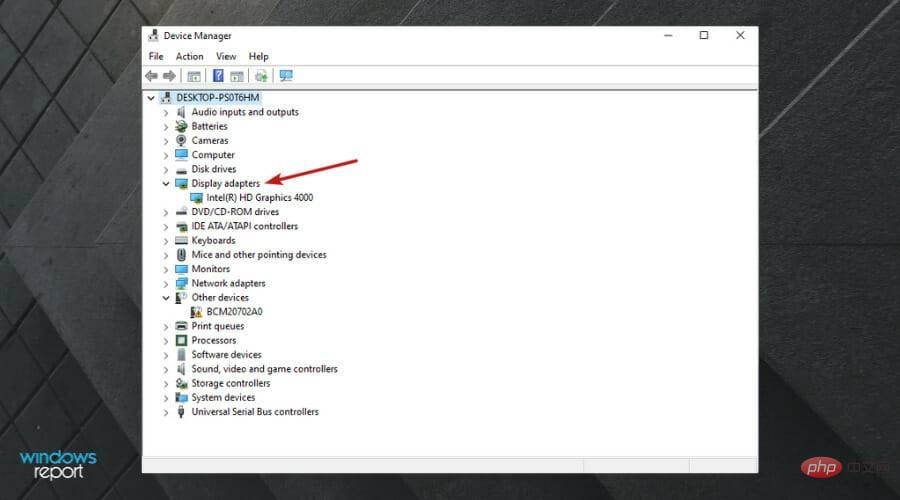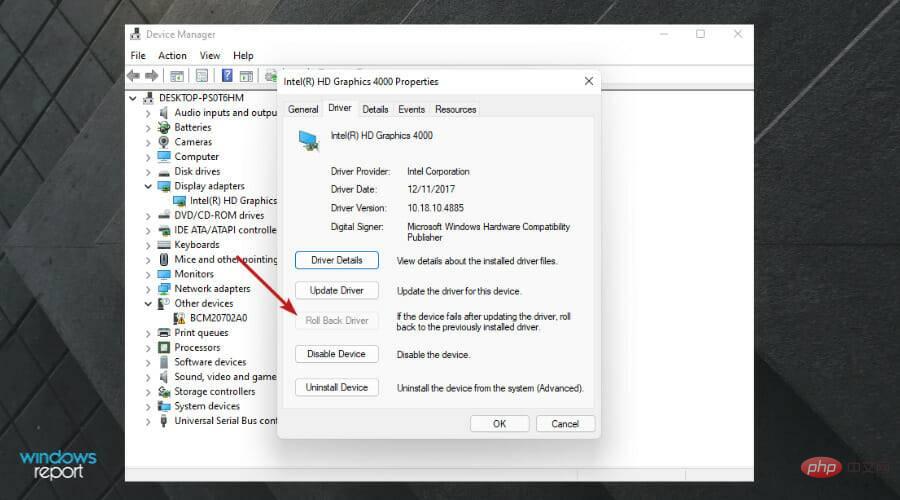Home >Common Problem >Second monitor flickering/blurry in Windows 11? Fix now
Second monitor flickering/blurry in Windows 11? Fix now
- 王林forward
- 2023-04-28 12:22:063927browse
Users learn how multiple monitors can make your life easier. One of the benefits of using multiple monitors is that it improves your viewing experience and increases your productivity. That’s why it can be frustrating when you encounter issues with your second monitor flickering or blurring in Windows 11.
The good news is that there are many ways you can deal with this frustration. We will provide you with different fixes that you can apply on your Windows 11 PC.
Your first step may be to double check the second display connection. If this doesn't work, you can restart your computer and try connecting the second monitor again. If the problem persists, read on to find different fixes you can try.
What problems may occur when using two monitors?
In addition to the flickering issue with second monitors in Windows 11, our users have also observed other errors related to second monitors.
Fortunately, we have addressed all of these issues today and provide a list of solutions in the next section. But first, let’s take a look at the issues related to it:
- Windows 11 second monitor blur– Like its monitor counterpart, due to driver Program issues can appear ambiguous and we've provided solutions below.
- Windows 11 Second Monitor Not Detected- When an external device, including a monitor, is not detected, you can perform a detection scan or change the Plug into the monitor's port to resolve this issue.
- Windows 11 Second Monitor Not Working– This widespread mention reported by our users will be fixed by updating the driver and/or operating system.
- Windows 11 Second Monitor Taskbar Icon Missing- When you set the native monitor as the primary monitor, the second monitor does not It will be occupied by taskbar icons and will not be occupied by desktop icons.
- Windows 11 Second Monitor Latency – Latency may occur due to CPU overload, viruses, or incompatibility. To fix this, you'll also need to search your computer's capabilities to see if it can be used with a second monitor.
- Windows 11 Second Monitor Issue– This is another common complaint we hear from the crowd and certainly wouldn’t have been missed without any of our attention .
Before we dive into the list of solutions, let’s take a look at why you should use multiple monitors, who they are for, and the advantages they offer. Follow!
Why use multiple monitors?
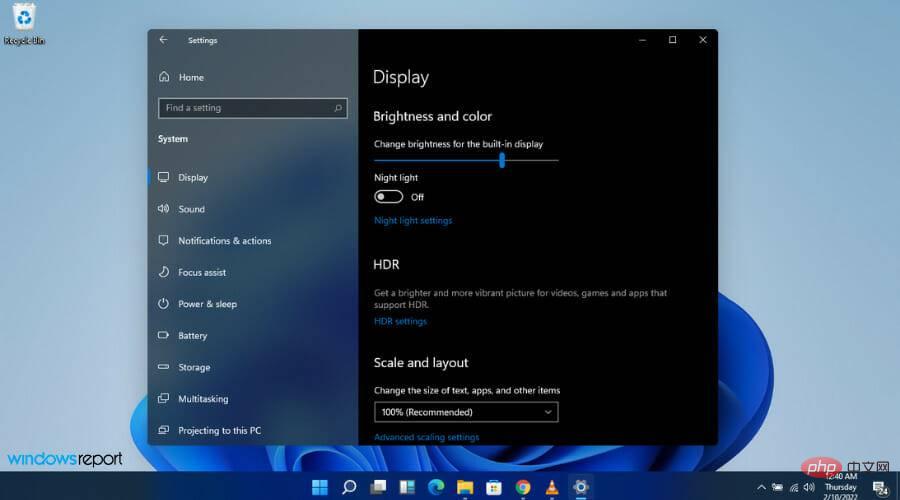
The reason for using multiple monitors is simple: extra screen space. More space allows you to run multiple programs at once without switching between windows or endless mouse clicks.
If you need to use a certain application, you can effortlessly move your mouse between monitors, or just open them for reference - a huge help when writing a paper or article. You can even watch a movie or TV show from time to time while working on your home screen.
Suppose you are the social media manager for your company. You can monitor what's happening on Twitter by opening Tweetdeck on one monitor.
Meanwhile, from your home screen, you can use a web browser to open your company's analytics dashboard on one side and Microsoft Word on the other to work on reports.
If you are a writer, you can use half of one monitor for a text editor, the other half for notes, and the second monitor for research.
Having all of these programs open at the same time requires your PC to have enough processing power, but most midrange PCs with a Core i5 or higher CPU will suffice.
However, if you want to run a video editing tool like Photoshop along with some other applications, you will need a lot of RAM to avoid system lags.
Multiple monitors aren't the only option. For example, you could buy a giant 4K panel and then use Windows Snap to split your screen into four pieces, resulting in four smaller 1080p spots.
However, this can be a bit uncomfortable compared to using numerous monitors with larger window widths.
What should I do if my second monitor is flickering in Windows 11?
1. Find the missing monitor
- Click Windows and type Settings.

- Select System.

- Select Display under System.

- Scroll down to Multiple Monitors.

- Click DetectionDetection under the Other Monitors section.

- It will recognize the second monitor in your setup.
Updating your drivers will solve 99.99% of computer problems. We cannot stress enough the importance of updating your drivers.
2. Update the display driver
- and press Windows R at the same time. Type devmgmt.msc and hit Enter.

- Click once on the Display Adapters section.

- Right-click the display driver and click Update Driver.

- Select the Automatically search for drivers option.

- Double-click the display driver to modify it.

- Your computer will automatically restart.
Is there an HDMI splitter for dual monitors?
An HDMI splitter splits the HDMI video output of a device (such as a Roku) into two different audio and video streams. Afterwards, you can send each video source to a different monitor.
Unfortunately, most splitters are terrible. Many don't work due to a built-in anti-piracy feature called High-Bandwidth Digital Content Protection (HDCP).
HDCP is an anti-piracy feature found in streaming devices, TVs, and cables. It protects content by performing a verification step between the video player and the display.
This anti-piracy feature encrypts the signal when creating a confirmed connection to prevent unauthorized recording of content. This approach also prevents content owners from seeing their own work.
If the video is HDCP protected, but some aspect of your setup is not HDCP compliant (sometimes an error message will appear), the video will not play. As a result, many users with older devices will not be able to view legally purchased content.
HDCP-compliant video will fall back to a lower resolution (usually 720p) if the device is not HDCP-compliant. Devices other than splitters rarely cause fallback mode, which is why splitters are a good way to solve this problem.
By chance, some low-cost splitters avoid HDCP entirely. They shouldn't play protected video at all because cheap splitter manufacturers won't bother paying for an HDCP license.
However, because they have fallback mode activated, the content is reduced to a lower resolution and continues to play normally. At least most of the time.
The above is the detailed content of Second monitor flickering/blurry in Windows 11? Fix now. For more information, please follow other related articles on the PHP Chinese website!


